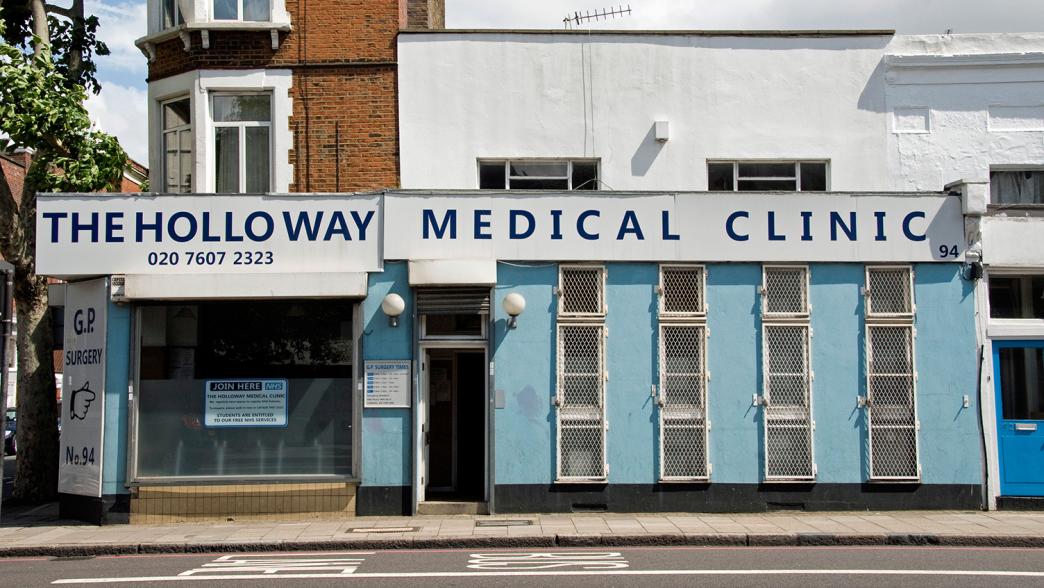Press release
Next government must urgently modernise old and cramped NHS GP buildings
GPs and the rest of the general practice workforce are working in buildings that are often too cramped, old and inflexible for a modern health service
